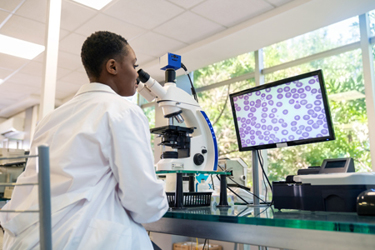Large-Scale AAV Manufacturing: From Concept To Ready-To-Use Platform – Q&A

Despite the advantages conferred by adeno-associated viral (AAV) vectors in manufacturing advanced therapeutics, large-scale AAV manufacturing remains inconsistent in the cell and gene space, hindered by complexities related to the scale-up of certain parameters, as well as limited cloning capacity and the potential for humoral immune response. Surmounting some of the challenges related to AAV manufacturing and scale-up represent an important opportunity for the sector; finding the right development and manufacturing partner to facilitate projects involving AAV vectors hinges on identifying experience, expertise, and capacity, coupled with the flexibility necessary to produce vectors for a range of serotypes and applications.
AGC Biologics, a global, end-to-end contract development and manufacturing organization (CDMO), possesses more than 25 years of experience in the cell and gene therapy space. Currently, AGC is working to develop independent, innovative processes in-house for producing high-quality, high-productivity AAVs. In a recent webinar, “Large-Scale AAV Manufacturing: From Concept to Ready-to-Use Platform,” experts from AGC and one of its partners outlined the characteristics and approaches that distinguish it from other CDMOs in the AAV manufacturing space. Following the webinar, Margherita Neri, Vector Process Development Manager, AGC Biologics, responded to audience questions regarding the processes currently in development at AGC to offer clients reliable, robust, flexible AAV manufacturing at commercial scales.
Get unlimited access to:
Enter your credentials below to log in. Not yet a member of Cell & Gene? Subscribe today.
